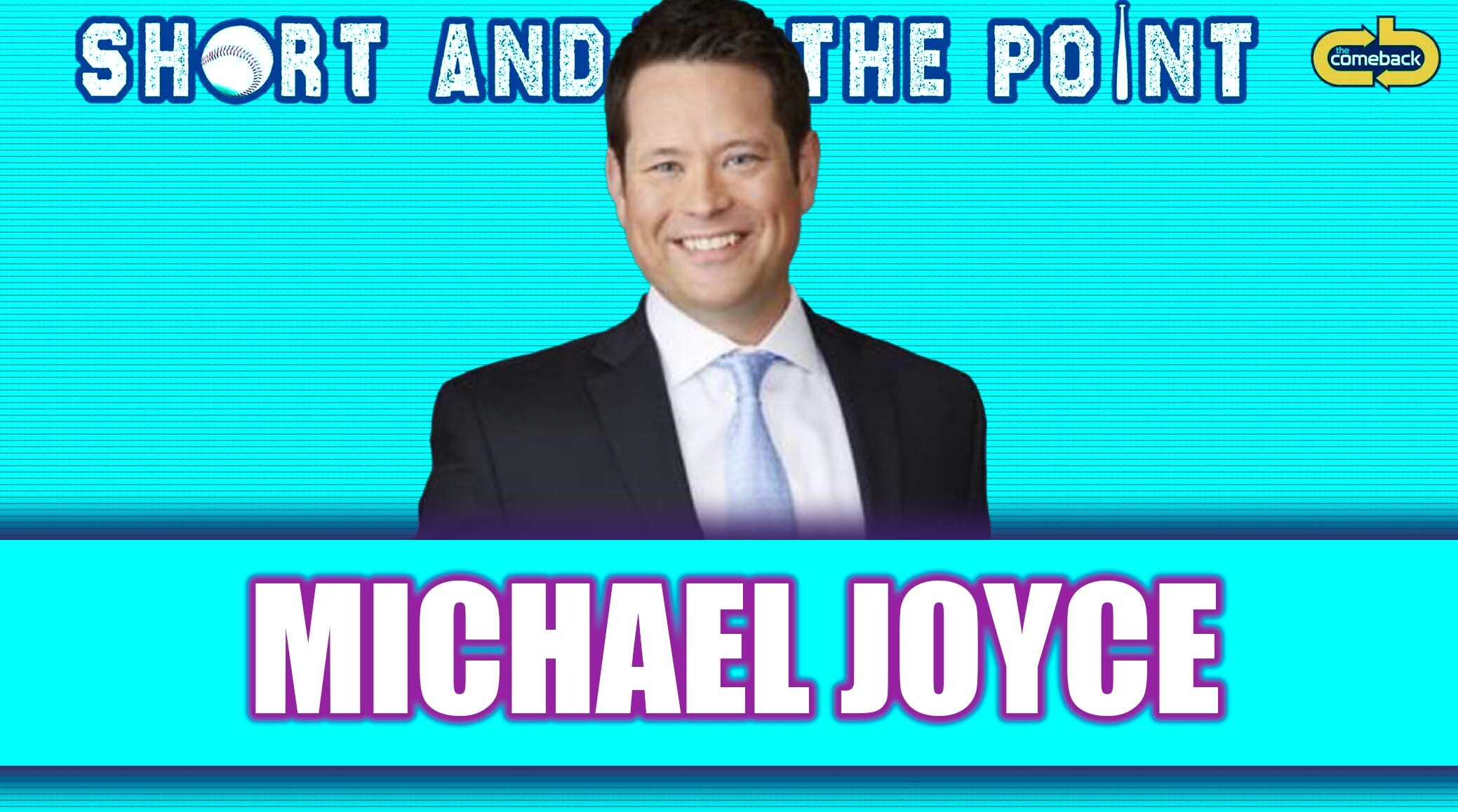Since the start of the year, Netflix has inked a 10-year $5 billion deal to stream WWE’s Raw series; hosted a live tennis match between Rafael Nadal and Carlos Alcaraz; and announced a boxing match between former heavyweight champion Mike Tyson and influencer-turned-boxer Jake Paul.
This follows the Netflix Cup, a November golf spectacle featuring professional golfers and Formula 1 drivers. Does this mean Netflix, which notoriously has stayed away from sports other than documentaries during its rise to the top of the streaming world, is finally all in on the sector? Not so fast, argue the pundits.
Ed Desser, an influential media consultant, questioned if Netflix can even really be described as having finally entered the sports world by staging one-off exhibitions and with WWE more theater than sports.
“The WWE thing is, it is notable because of its potential length, and size,” Desser said. “And that’s obviously a very significant commitment to a lot of money over many years. So that’s a change from the status quo. But, you know, it isn’t really sports in the sense that the outcome is known in advance by at least the people who are producing it.”
In fact as scripted entertainment, WWE fits in nicely with Netflix’s long-standing library of movies and TV shows.
“They did some golf event. But you know, that wasn’t really a sports event. It happened to be live, and it happened to be on a golf course.”
Bob Thompson, a former Fox Sports executive, is even more candid in his assessment.
“The tennis and golf events were kind of a big blah,” he wrote in an email.
The golf and tennis events were exhibitions, meaning they weren’t for ranking points and typically don’t bring out the best efforts of the athletes (in tennis, these matchups are known as hit and giggles). Nadal had pulled out of previous Tour stops with injury, and would again the following week, but played the exhibition. The golf event was a quirky effort, well produced, yes, but a contrived mixing nevertheless of F1 and golf (an ad for the event depicted a pit team changing the tires of a golf cart).
Further, it’s unclear currently whether the Tyson-Paul fight will be officially sanctioned, though Paul’s business manager this week disabused a report that the duo would wear headgear and fight with oversized gloves like something out of American Gladiators. While a headline grabbing pairing, Tyson is 57 and Paul, an ambitious and a highly effective self promoter, is not an elite boxer; at least not yet. (Time will tell if Paul’s betr gets involved.)
There are several factors that have long limited Netflix’s entry into sports. One is the media company doesn’t have to, with 260 million global subscribers and already an enormous spend on content creation, it’s not as if the outlet needs sports. Second, Netflix demands global rights, and sports rights are typically sold separately by geography. So the NFL has deals in the U.S. and dozens of other foreign countries; Netflix would want it all. Even if a league were amenable, it’s a Rubik’s Cube endeavor to line up all those deals to expire at the same time and transition to Netflix.
“The events that they’ve put on, are substantially ones that they’ve developed and created and can distribute worldwide, the Tyson fight, the tennis tournament, the combined F1-golf tournament, they created them,” said media consultant Lee Berke. “These are manufactured events that they own and distribute worldwide. WWE they don’t own, but they’ve gained what seems to be worldwide distribution for that particular sport. And WWE is not just sports, it’s sports and entertainment, it’s scripted sports.”
That all said, there are compelling reasons to go into sports, as Apple, Google and Amazon have. Sports continues to draw large audiences in the era of media fragmentation. It famously is the glue that holds the rickety cable bundle together, though that bond is fraying with plans by ESPN to go direct to consumer in 2025 and the emergence of the three headed sports streamer.
As more fans migrate to all digital, they will be looking for sports. Netflix risks losing out on this great migration of sports fans from linear to digital.
“At the end of the day though, if they want to get into the live events business in a big way they are likely going to have to overpay for the rights to a premier property,” Thompson wrote. “Every programmer who has ever wanted a seat at the big boy’s table has had to overpay for something to prove they belong. Netflix will be no different.”
In the final analysis Netflix is seeking programming that draws viewers and attracts new subscribers. The ratings for the golf and tennis events should be released later this year. Netflix has already pulled the plug on the tennis reality series Break Point, a casualty in part of the sport’s insular, non-transparent approach to media access. But the golf and F1 series race on, and the Netflix content machine keeps churning out behind the scenes looks at sports, including the 2022 men’s World Cup and the US Women’s National Team’s disappointing 2023 tournament.
Berke even speculated that one day Netflix might bid on a massive property like the World Cup or Olympics if the global rights could be synced.
“They can own it and distribute it worldwide,” he said, “and they’ve got, you know, certainly the worldwide distribution available to make that happen.” Netflix certainly has, with estimates Netflix will add 22 million subscribers this year alone.







